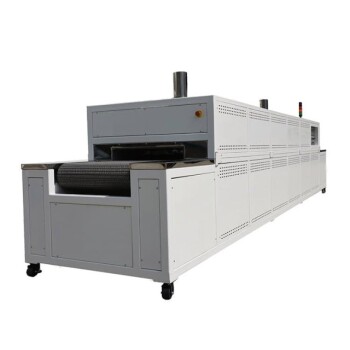Classification of Muffle Furnaces
By Heating Element
Muffle furnaces are distinguished by their heating elements, each offering unique characteristics and applications. The primary types include Electric Furnace Wire Muffle Furnaces, Silicon Carbon Rod Muffle Furnaces, and Silicon Molybdenum Rod Muffle Furnaces.
-
Electric Furnace Wire Muffle Furnaces: These furnaces use electric furnace wires as their heating elements. They are versatile and commonly used in various laboratory settings due to their reliability and ease of operation.
-
Silicon Carbon Rod Muffle Furnaces: Featuring silicon carbon rods as heating elements, these furnaces are designed for higher temperature applications, typically operating in the range of 1100°C to 1300°C. They are ideal for processes requiring higher thermal stability and efficiency.
-
Silicon Molybdenum Rod Muffle Furnaces: With silicon molybdenum rods as their heating elements, these furnaces can reach temperatures exceeding 1600°C. They are particularly suited for high-temperature research and industrial applications where extreme heat is necessary.
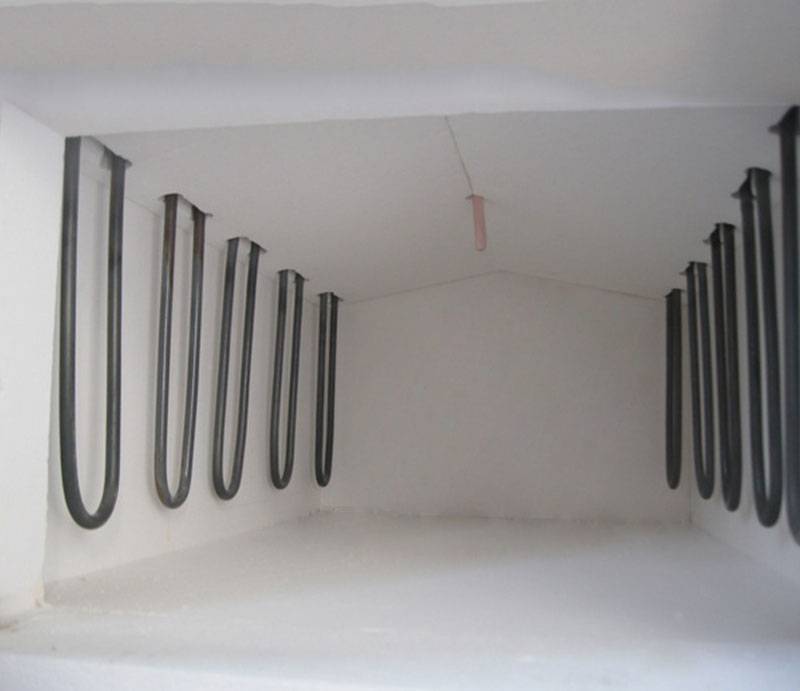
Each type of heating element contributes to the furnace's overall performance, ensuring it meets specific temperature requirements and operational standards.
By Temperature Range
Muffle furnaces are categorized based on their operational temperature ranges, each designed to handle specific thermal demands. Below is a detailed breakdown of these categories:
-
Up to 1000°C: The box-type muffle furnace is ideal for applications requiring temperatures up to 1000°C. This type of furnace is versatile and commonly used in laboratories for general heating and annealing processes.
-
1100°C to 1300°C: For higher temperature needs, the silicon carbon rod muffle furnace is employed. This furnace is capable of operating within the 1100°C to 1300°C range, making it suitable for more demanding applications such as high-temperature sintering and advanced material processing.
-
Above 1600°C: When temperatures exceed 1600°C, the silicon molybdenum rod muffle furnace is utilized. This high-performance furnace is designed for extreme temperature applications, including specialized metallurgical processes and research involving refractory materials.
These distinctions ensure that each type of muffle furnace is optimized for its intended use, providing efficiency and safety in various laboratory and industrial settings.
By Controller Type
Muffle furnaces can be categorized based on the type of controller they employ, each offering distinct advantages in temperature regulation and programmability. The two primary types of controllers are the PID regulation control muffle furnace and the program control muffle furnace.
-
PID Regulation Control Muffle Furnace: This type utilizes a silicon digital display temperature controller, which employs a proportional-integral-derivative (PID) algorithm. This algorithm ensures precise temperature control by continuously adjusting the heating power in response to the current temperature. The digital display provides real-time temperature readings, making it easier to monitor and maintain the desired temperature settings.
-
Program Control Muffle Furnace: In contrast, the program control muffle furnace is equipped with a computer temperature program controller. This advanced controller allows for the creation and execution of complex temperature programs, enabling the furnace to follow specific heating and cooling profiles. This feature is particularly useful for applications requiring precise temperature control over extended periods or for processes that involve multiple temperature stages.
Both types of controllers enhance the functionality and precision of muffle furnaces, catering to various industrial and laboratory needs.
By Insulation Material
Muffle furnaces can be categorized based on their insulation materials, which play a crucial role in determining their thermal efficiency and durability. The two primary types are the Ordinary Refractory Brick Muffle Furnace and the Ceramic Fiber Muffle Furnace.
-
Ordinary Refractory Brick Muffle Furnace: This type uses traditional refractory bricks for insulation. These bricks are known for their high resistance to heat and chemicals, making them suitable for prolonged high-temperature applications. However, they tend to be heavier and less energy-efficient compared to their ceramic fiber counterparts.
-
Ceramic Fiber Muffle Furnace: In contrast, ceramic fiber muffle furnaces utilize lightweight, high-performance ceramic fibers for insulation. These fibers offer superior thermal insulation, reducing heat loss and improving energy efficiency. They are also easier to install and maintain, making them a popular choice in modern laboratories and industrial settings.
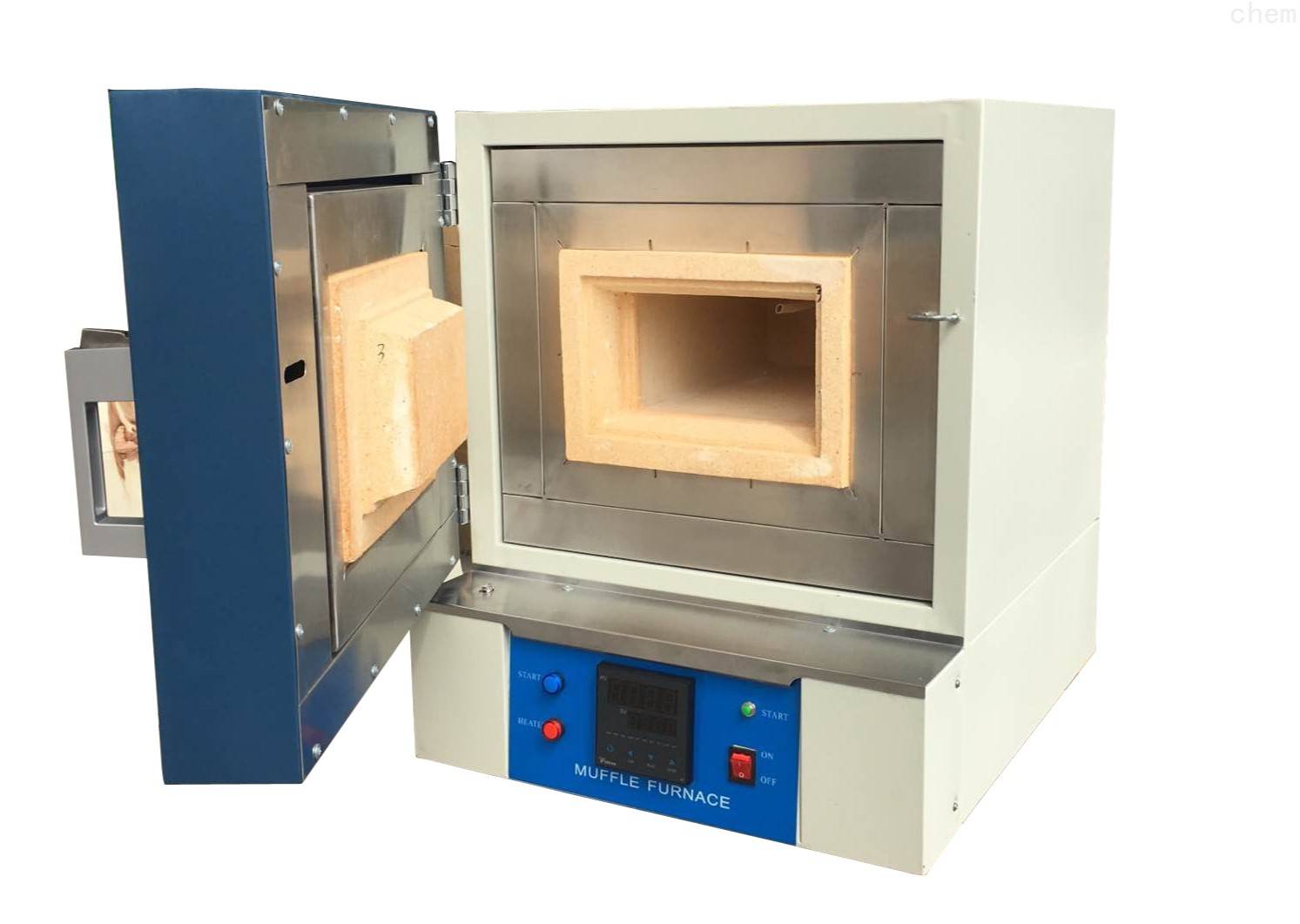
The choice between these two types depends on the specific requirements of the application, including temperature range, energy efficiency, and operational longevity.
Routine Maintenance and Safety
Initial Use and Temperature Management
When introducing a muffle furnace into service for the first time or reactivating it after an extended period of inactivity, it is imperative to conduct a thorough baking process. This initial baking is crucial for stabilizing the furnace and ensuring optimal performance. The baking process should be conducted in stages, starting at 200℃ and gradually increasing to 600℃ over a period of four hours. This gradual heating helps in driving out any moisture or volatile substances that may have accumulated during storage or transit.
During regular operations, it is essential to maintain strict temperature control within the furnace. The maximum operational temperature should never exceed the furnace's rated temperature. Exceeding this limit can lead to structural damage, reduced lifespan, and potential safety hazards. Therefore, continuous monitoring and adherence to the specified temperature limits are critical for the safe and effective use of the muffle furnace.
Environmental Conditions
The operational environment of a muffle furnace and its controller is critical for maintaining optimal performance and longevity. To ensure the safe and effective use of these devices, several environmental conditions must be strictly adhered to.
Firstly, the relative humidity in the workspace should not exceed 85%. High humidity levels can lead to condensation within the furnace, potentially causing electrical shorts or damaging the internal components. Additionally, the presence of conductive dust can interfere with the furnace's electrical systems, leading to erratic behavior or even failure.
Moreover, the workspace should be free from explosive or corrosive gases. Explosive gases pose a significant safety risk, while corrosive gases can degrade the materials used in the furnace and controller, reducing their lifespan and effectiveness.
| Environmental Condition | Recommended Limit | Potential Risks if Exceeded |
|---|---|---|
| Relative Humidity | ≤ 85% | Condensation, electrical shorts |
| Conductive Dust | None | Interference with electrical systems |
| Explosive Gases | None | Safety hazards, potential explosions |
| Corrosive Gases | None | Material degradation, reduced lifespan |
By adhering to these environmental conditions, users can ensure that their muffle furnaces and controllers operate reliably and safely, minimizing the risk of damage or hazardous incidents.
Controller Environment
The operating environment of the muffle furnace controller is a critical factor that directly impacts its performance and longevity. Specifically, the ambient temperature range within which the controller should be operated is strictly defined. The optimal temperature range for the controller is between 0°C and 40°C. Operating the controller outside this range can lead to malfunctions and reduced efficiency.
To ensure the controller operates within the recommended temperature range, it is essential to locate the controller in a well-ventilated area that is free from extreme temperature fluctuations. This not only helps in maintaining the controller's accuracy but also extends its operational life. Additionally, the relative humidity of the environment should be kept below 85% to prevent any moisture-related issues that could compromise the controller's functionality.
| Temperature Range | Recommended Environment | Potential Issues Outside Range |
|---|---|---|
| 0°C - 40°C | Well-ventilated, stable temperature | Malfunctions, reduced efficiency |
By adhering to these environmental guidelines, users can ensure that the muffle furnace controller operates reliably and efficiently, thereby enhancing the overall performance of the muffle furnace.
Thermocouple Management
Regular and frequent checks of the furnace and the controller's wiring are essential to ensure accurate temperature measurement. Thermocouples, which are directly connected to the controller, can sometimes interfere with its operation. This interference can manifest as erratic jumps in the displayed temperature values, leading to increased measurement errors.
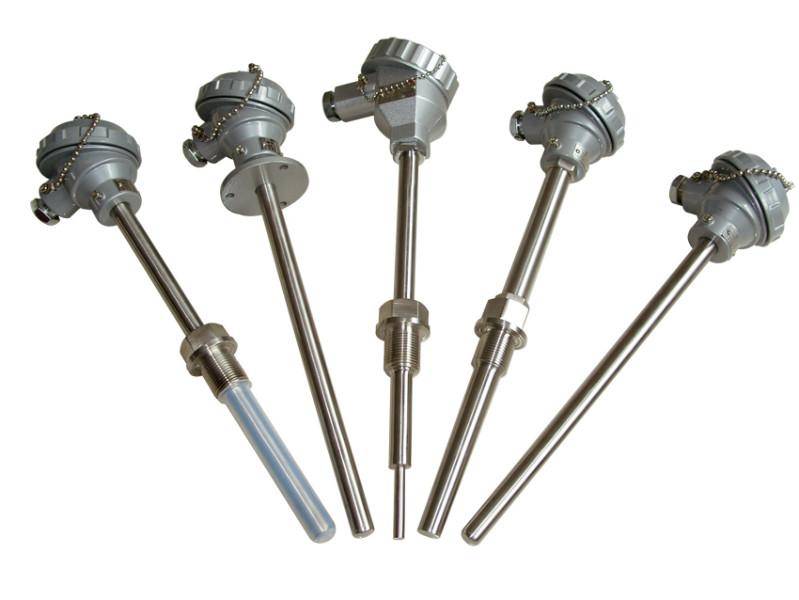
To mitigate these issues, it is crucial to:
- Inspect Wiring Regularly: Ensure that all connections between the thermocouple and the controller are secure and free from damage. Any loose or corroded wires can introduce errors in temperature readings.
- Monitor Controller Performance: Keep a close eye on the controller's display for any unusual fluctuations. Sudden jumps or drops in temperature readings may indicate a problem with the thermocouple or its connection.
- Calibration and Maintenance: Periodically calibrate the thermocouple and the controller to maintain accuracy. This process involves comparing the readings with a known standard and adjusting the system as necessary.
By adhering to these practices, you can significantly reduce the likelihood of measurement errors and ensure that your muffle furnace operates reliably and safely.
Cleanliness and Corrosion Prevention
Maintaining the cleanliness of the furnace chamber is crucial for preventing corrosion and ensuring the longevity of your muffle furnace. Regularly scheduled cleaning sessions should be a part of your routine maintenance protocol. This includes the timely removal of oxides and other residues that accumulate within the furnace over time.
When dealing with specimens that require the use of alkaline substances for melting or burning sediment, it is imperative to exercise stringent control over the operating conditions. The presence of these substances can accelerate corrosion if not managed properly. Here are some key practices to follow:
- Regular Cleaning Schedule: Establish a routine where the furnace chamber is cleaned at regular intervals. This helps in preventing the buildup of corrosive materials.
- Use of Appropriate Cleaning Agents: When cleaning the furnace, use agents that are specifically designed for high-temperature environments to avoid introducing new corrosive elements.
- Controlled Operating Conditions: During the process of melting specimens or burning sediment with alkaline substances, ensure that the temperature and duration are carefully monitored. This helps in minimizing the exposure of the furnace materials to corrosive conditions.
- Inspection and Maintenance: Conduct regular inspections to identify any signs of corrosion early. Implement a maintenance plan that includes replacing any components that show signs of wear due to corrosion.
By adhering to these practices, you can significantly reduce the risk of corrosion and extend the lifespan of your muffle furnace.
Daily Use Safety Procedures

Temperature Limitation
When operating a muffle furnace, it is crucial to adhere to the specified temperature limitations to ensure both safety and optimal performance. Exceeding the maximum allowable temperature can lead to several adverse effects, including potential damage to the furnace's components and a heightened risk of accidents.
To prevent such issues, always refer to the manufacturer's guidelines regarding the maximum operating temperature for your specific model. This information is typically provided in the user manual and should be strictly followed. Additionally, it is advisable to periodically monitor the temperature settings to ensure they remain within the safe range.
| Temperature Range | Recommended Use | Potential Risks |
|---|---|---|
| Below 1000°C | General lab use | Minimal risk |
| 1100°C - 1300°C | High-temp tasks | Moderate risk |
| Above 1600°C | Specialized use | High risk |
By maintaining the correct temperature, you not only extend the lifespan of your muffle furnace but also ensure the accuracy and reliability of your experiments and processes.
Power Management
Ensuring safe power management is crucial when handling muffle furnaces, especially during the critical processes of loading and unloading specimens. The primary concern here is to prevent any potential electric shock hazards that could arise from residual electrical currents. To mitigate this risk, it is imperative to cut off the power supply before engaging in any specimen manipulation.
This practice not only safeguards the operator but also extends the longevity of the furnace components. By adhering to this precaution, you ensure that the electrical system remains stable and free from unnecessary stress, which can be caused by sudden power fluctuations or inadvertent electrical contacts.
| Action | Procedure |
|---|---|
| Loading Specimen | Ensure power is off before placing the specimen into the furnace. |
| Unloading Specimen | Ensure power is off before removing the specimen from the furnace. |
Adhering to these power management protocols is a fundamental aspect of maintaining a safe working environment and ensuring the efficient operation of your muffle furnace.
Furnace Door Handling
When loading a specimen into the muffle furnace, it is crucial to minimize the duration the furnace door remains open. This practice serves several important purposes:
-
Prolonging Furnace Life: Each time the furnace door is opened, the internal temperature drops, which can cause thermal stress and strain on the furnace components. By keeping the door open for the shortest time possible, the frequency and severity of these temperature fluctuations are reduced, thereby extending the overall service life of the furnace.
-
Maintaining Temperature Consistency: Rapid temperature changes can affect the accuracy and reliability of the furnace's temperature control mechanisms. Ensuring that the door remains closed as much as possible helps maintain a consistent internal temperature, which is essential for accurate and reproducible experimental results.
-
Energy Efficiency: Opening the furnace door allows heat to escape, which not only wastes energy but also increases the time required to return the furnace to the optimal operating temperature. Minimizing door openings helps conserve energy and reduces the operational time, making the process more efficient.
-
Safety Considerations: Keeping the door closed reduces the risk of accidental exposure to high temperatures, which can be hazardous to operators. It also helps in maintaining a controlled environment within the furnace, reducing the chances of accidents.
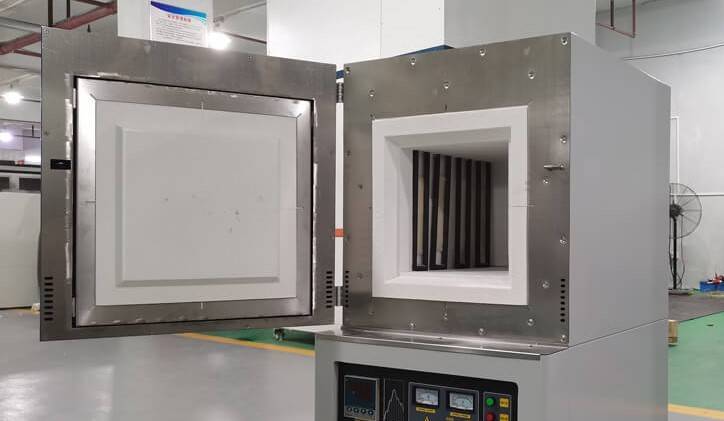
In summary, efficient furnace door handling is a critical aspect of safe and effective muffle furnace operation, contributing to both the longevity of the equipment and the accuracy of the experiments conducted within it.
Specimen Handling
When handling specimens in a muffle furnace, it is crucial to ensure that no water or oil-contaminated materials are introduced into the furnace chamber. This precaution is essential to prevent any potential hazards or operational issues. Similarly, using clamps that are contaminated with water or oil can lead to similar problems, making it imperative to use clean, dry tools for specimen loading.
Additionally, personal safety is a paramount concern. Always wear protective gloves when loading and unloading specimens to shield your hands from potential burns. This simple measure can significantly reduce the risk of injury during the handling process.
To summarize, maintaining cleanliness and personal safety are non-negotiable aspects of specimen handling in muffle furnaces. By adhering to these guidelines, you can ensure both the longevity of your equipment and the safety of your operations.
Specimen Placement
Proper placement of the specimen within the muffle furnace is crucial for achieving accurate and consistent results. The specimen should be positioned centrally within the furnace chamber to ensure even heating and prevent potential hotspots that could affect the integrity of the sample.
When placing the specimen, it is essential to arrange it neatly and avoid any disorganization. Disorganized placement can lead to uneven heating, which may result in inconsistent test outcomes. Additionally, ensure that the specimen is not in direct contact with the furnace walls or floor, as this could cause localized overheating and potentially damage both the specimen and the furnace.
For optimal results, consider the following tips:
- Centering the Specimen: Use the internal markings or guides within the furnace chamber to center the specimen accurately.
- Avoid Overcrowding: Do not overcrowd the furnace chamber with multiple specimens, as this can impede airflow and lead to uneven heating.
- Secure Placement: If using a tray or holder, ensure that the specimen is securely placed to prevent it from shifting during the heating process.
By adhering to these guidelines, you can ensure that your specimens are heated uniformly, leading to reliable and reproducible test results.
Post-Use Procedures
After completing the operation of the muffle furnace, it is imperative to immediately cut off the power supply and water supply. This not only ensures safety but also extends the lifespan of the equipment. Additionally, unauthorized personnel should not operate the resistance furnace without explicit permission from management. Adhering strictly to the operating procedures of the equipment is crucial to prevent any potential hazards or malfunctions.
To further enhance safety and efficiency, consider the following steps:
- Inspect the Furnace: Perform a quick inspection to ensure there are no visible damages or leaks. Check the condition of the heating elements and thermocouples.
- Document Usage: Log the details of each use, including temperature settings, duration, and any anomalies observed. This documentation can be invaluable for maintenance and troubleshooting.
- Scheduled Maintenance: Implement a routine maintenance schedule based on the frequency of use. This includes cleaning the furnace chamber and checking the insulation materials.
By following these post-use procedures, you can ensure the safe and effective operation of the muffle furnace, minimizing risks and maximizing the lifespan of the equipment.
Related Products
- 1700℃ Muffle Oven Furnace for Laboratory
- 1400℃ Muffle Oven Furnace for Laboratory
- 1800℃ Muffle Oven Furnace for Laboratory
- 1200℃ Muffle Furnace Oven for Laboratory
- 1700℃ Controlled Atmosphere Furnace Nitrogen Inert Atmosphere Furnace
Related Articles
- Why Your High-Temperature Experiments Fail: The Furnace Flaw Most Labs Overlook
- Beyond 1000°C: How Precision Furnaces Conquer the Hidden Enemy of Repeatable Results
- Muffle vs. Tube Furnace: How One Choice Prevents Costly Research Failures
- How to Choose Right Muffle Furnace for Your Laboratory?
- Comprehensive Guide to Muffle Furnaces: Applications, Types, and Maintenance










